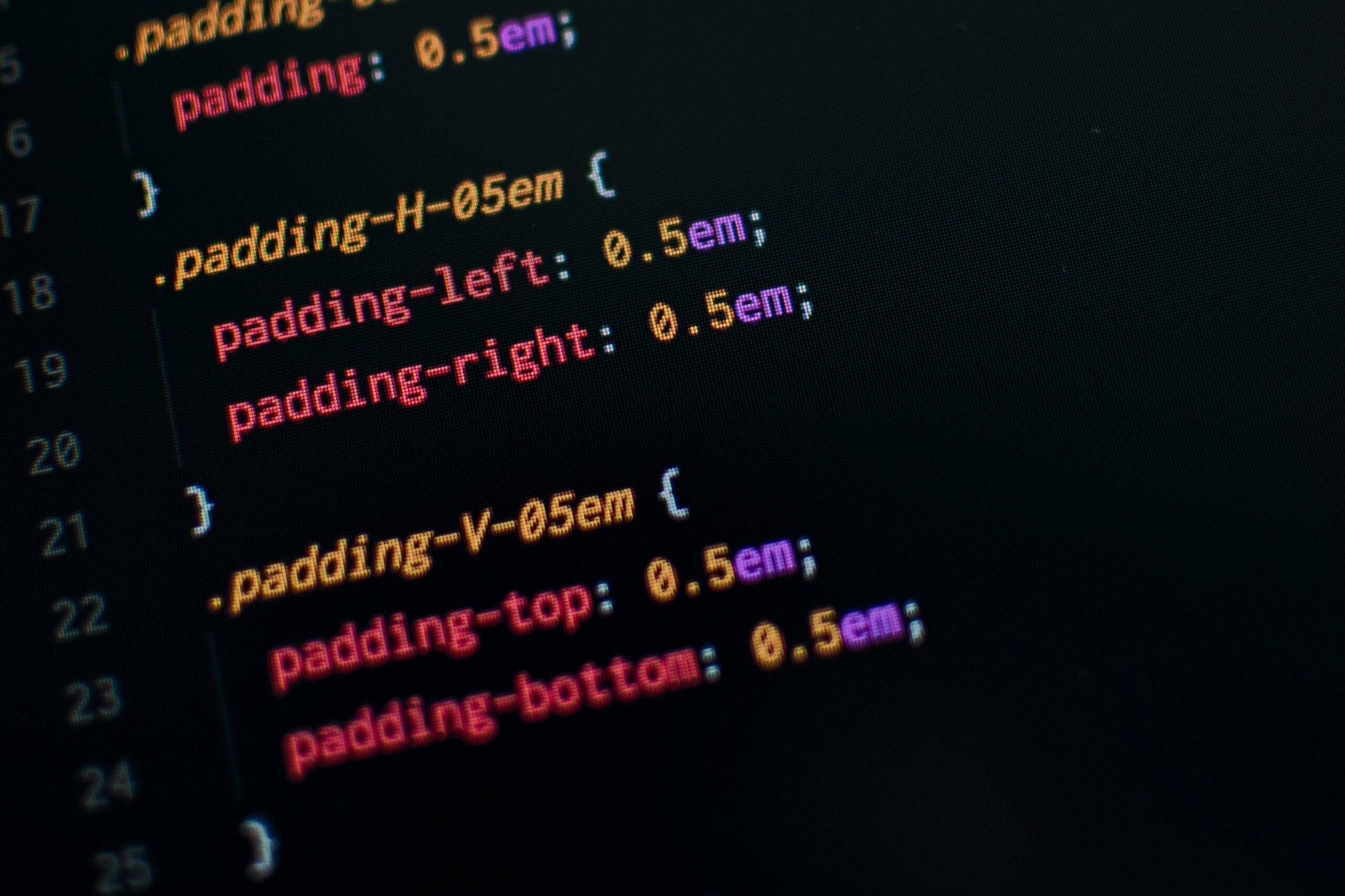Introduction to CSS: Styling Your Web Pages for Visual Appeal

When it comes to designing a website, visual appeal plays a crucial role in attracting and engaging users. One of the key elements in creating visually appealing web pages is CSS, which stands for Cascading Style Sheets. CSS allows you to control the layout and appearance of your web pages, giving you the power to customize fonts, colors, backgrounds, and more.
What is CSS?
CSS is a style sheet language that is used to describe the look and formatting of a document written in HTML. It provides a way to separate the content of a web page from its presentation, making it easier to maintain and update the design of a website. With CSS, you can create consistent and visually appealing styles that can be applied to multiple web pages.
How does CSS work?
CSS works by associating style rules with HTML elements. These style rules define how the elements should be displayed on the web page. CSS uses selectors to target specific HTML elements and apply the desired styles to them. For example, you can use a selector to target all the paragraphs in your web page and change their font size, color, or alignment.
There are three main ways to apply CSS to your web pages:
- Inline CSS: This involves adding the CSS styles directly to the HTML elements using the style attribute. While this method is quick and easy, it can become cumbersome to manage if you have a large number of elements or multiple web pages.
- Internal CSS: This involves embedding the CSS styles within the head section of your HTML document using the style tag. This method allows you to apply styles to multiple elements or web pages, making it more efficient than inline CSS.
- External CSS: This involves linking an external CSS file to your HTML document using the link tag. With this method, you can create a separate CSS file that can be reused across multiple web pages, making it the most efficient and scalable way to apply CSS.
Common CSS Properties
CSS offers a wide range of properties that allow you to control the appearance of your web pages. Here are some of the most commonly used CSS properties:
- Font: You can use CSS to change the font family, size, weight, and style of your text.
- Color: CSS allows you to set the color of your text, background, borders, and other elements.
- Margin and Padding: You can use CSS to control the spacing around your elements.
- Background: CSS allows you to set background colors, images, and other properties.
- Border: You can use CSS to add borders to your elements and customize their style, width, and color.
- Layout: CSS offers various properties that allow you to control the layout of your web pages, such as float, position, and display.
CSS Selectors
CSS selectors are used to target specific HTML elements and apply styles to them. Here are some of the most commonly used CSS selectors:
- Element selectors: These selectors target specific HTML elements. For example, p selector targets all paragraph elements.
- Class selectors: These selectors target elements with a specific class attribute. For example, .highlight selector targets all elements with the class “highlight”.
- ID selectors: These selectors target elements with a specific ID attribute. For example, #header selector targets the element with the ID “header”.
- Descendant selectors: These selectors target elements that are descendants of another element. For example, div p selector targets all paragraph elements that are descendants of a div element.
- Pseudo-class selectors: These selectors target elements based on their state or position. For example, :hover selector targets elements when they are being hovered over by the user.
Conclusion
CSS is a powerful tool that allows you to style your web pages and create visually appealing designs. By using CSS, you can customize the fonts, colors, backgrounds, and layout of your web pages, giving them a unique and professional look. Whether you’re a beginner or an experienced web developer, understanding CSS is essential for creating attractive and engaging websites.
Leave a Comment